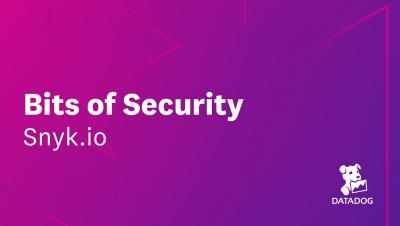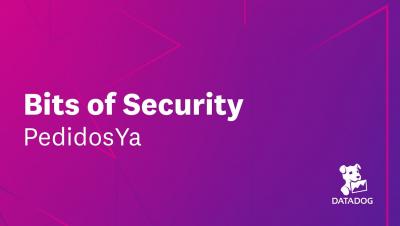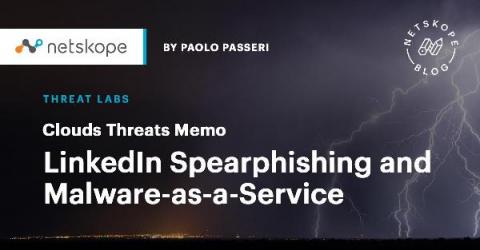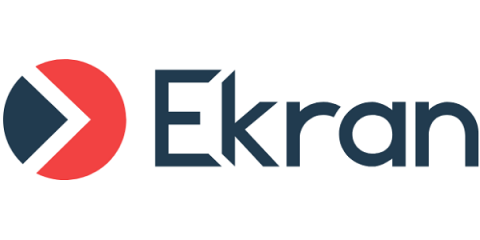Security | Threat Detection | Cyberattacks | DevSecOps | Compliance
Security
Bits of Security, PedidosYa: Fraud Detection using Datadog and Sherlock
Taking an IT-Focused Approach to Securing OT Remote Operations at Municipal Utilities May be Risking Lives
The Oldsmar, Florida, water breach is two months behind us, but the lessons learned will continue to reverberate for thousands of budget-constrained municipal utilities in North America, as well as other regions across the world.
Cloud Threats Memo: LinkedIn Spearphishing and Malware-as-a-Service
‘More_eggs’ is a backdoor sold as a “malware-as-a-service” (MaaS) by a threat group known as “Golden Chickens” and predominantly used by three criminal groups: FIN6, Cobalt Group, and Evilnum. In the latest campaign, unearthed by researchers from eSentire and targeting a professional working in the healthcare technology industry, a threat actor is exploiting fake job offers on LinkedIn to deploy the ‘More_eggs’ backdoor on the victim’s machine.
How SAML 2.0 Authentication Works?
Security Assertion Markup Language (SAML) 2.0 is one of the most widely used open standard for authentication and authorizing between multiple parties. It’s one of the protocol that give users the single sign-on (SSO) experience for applications. The other adopted open standard is OAuth and OpenID. Of the two, SAML 2.0, released in 2005, remains the 800 pound gorilla in Enterprise SSO space. This post provides a detailed introduction on how SAML works.
Domain Controller: LDAP Server Signing Requirements
The Biggest Breaches and Data Leaks of 2020
Year after year, cyberattackers cause unnecessary stress for organizations, disrupting innovation and impacting profit. 2020 was no different – last year brought a bevy of damaging breaches that cost organizations precious money and time they couldn’t get back. Ranging from thousands to billions of records exposed, breaches big and small gave threat actors access to sensitive information like email addresses, locations, passwords, dates of birth, and more.
Sharing Activeboards
Protecting Your Electronic Health Records (EHR) With Continuous Monitoring
After a year of lockdown, or nearly full lockdown, due to the ongoing health crisis, we learned a lot from how our organizations responded when we all had to change our work habits to a home-office setup.











